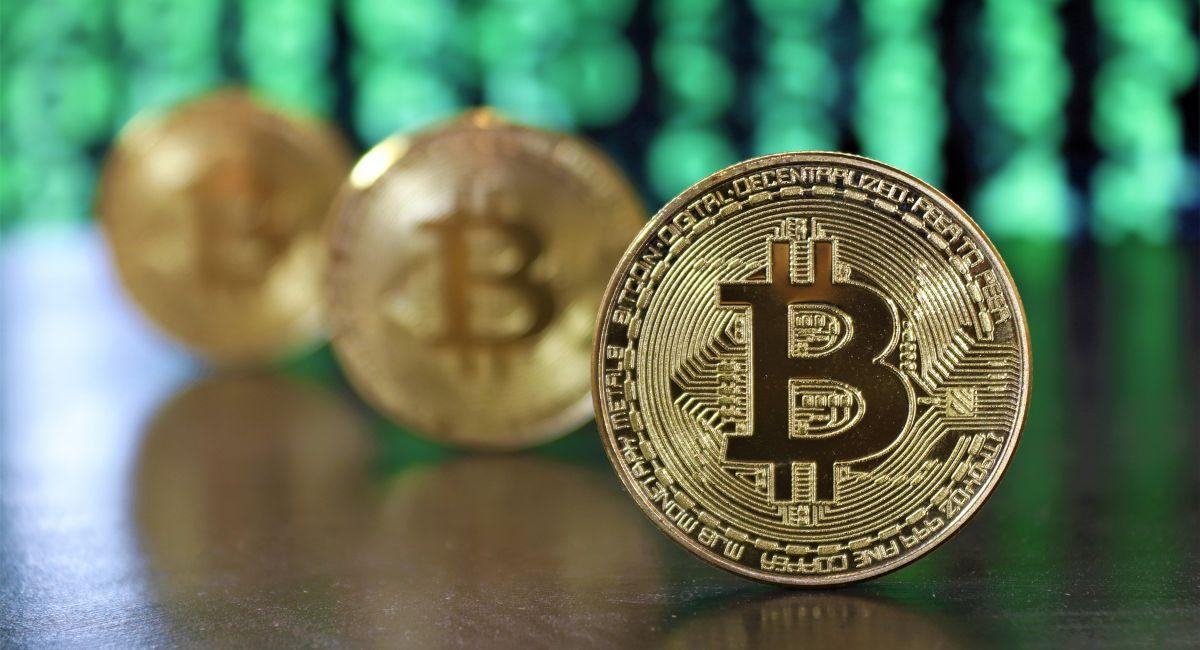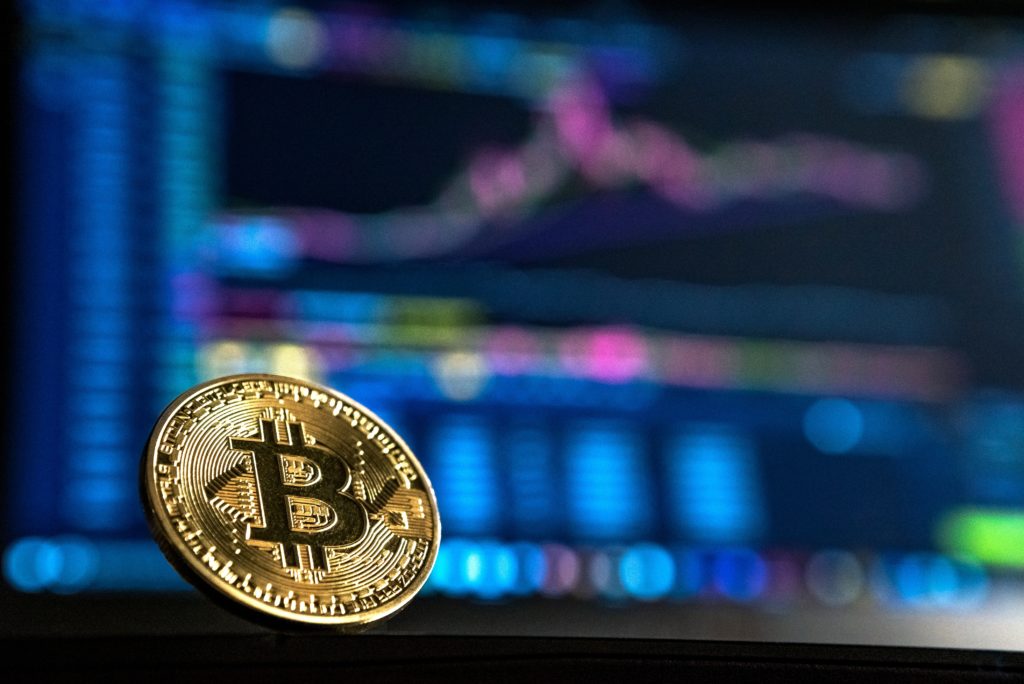Exploring Two Theories Behind GBTC’s Bitcoin Persistence with High Fees Despite Significant Losses
Despite Bleeding Over $14 Billion, Grayscale’s Bitcoin ETF Maintains Industry-High Fees: Insights from Ex-Wall Street Analyst Jim Bianco
Grayscale appears to be maintaining high fees for its spot Bitcoin exchange-traded fund (ETF) as a strategy to retain investors and capitalize on potential future price surges, suggests one market analyst.
The Grayscale Bitcoin Trust (GBTC) has experienced consistent daily outflows since its launch on January 11, totaling over $14 billion as of March 25.
Jim Bianco, founder of Bianco Research and a former Wall Street analyst, highlighted GBTC’s fees as a significant concern. In a post dated March 25, he speculated that at least half of GBTC outflows were due to investors shifting to lower-fee ETFs. Grayscale’s ETF charges a management fee of 1.5% per year, significantly higher than the 0.30% average fee of other spot Bitcoin ETFs.
Bianco outlined two potential reasons why Grayscale might resist lowering the fee. Firstly, it could be a strategic bet that GBTC holders won’t exit their positions due to high tax implications, effectively keeping them “stuck” until they absolutely need to liquidate. GBTC currently manages assets worth nearly $24.7 billion as of March 25.
Secondly, Bianco suggested that Grayscale’s commitment to maintaining high fees could stem from optimism about Bitcoin’s future price trajectory, possibly exceeding $100,000 within the next year or two. In this scenario, Grayscale anticipates that the increase in Bitcoin’s value would offset the outflows, as they charge a fee based on assets under management.
However, Bianco cautioned that if Bitcoin’s price were to decline, this strategy could backfire, leading to intensified selling pressure on GBTC. Additionally, investors facing reduced tax bills might find it feasible to exit GBTC and never return.
Bloomberg ETF analyst Eric Balchunas echoed Bianco’s sentiment, suggesting that there might never be significant inflows into GBTC again. He speculated that while there might be a few more large outflow days followed by a gradual decline in assets under management, Grayscale would likely remain financially stable if Bitcoin’s price continues to rise.
The emergence of spot Bitcoin ETFs in the United States was facilitated by Grayscale’s successful lawsuit against the Securities and Exchange Commission (SEC) last year, which prompted the SEC to reconsider Grayscale’s application to convert GBTC into an ETF.
Balchunas proposed that Grayscale’s decision not to lower fees despite the ongoing outflows could be attributed to various factors, including a desire to maintain revenue streams and unforeseen competition in the ETF market. He also suggested that Grayscale may have been motivated to support its affiliate, Genesis, a crypto lending platform that utilized GBTC shares as collateral in loans.
Overall, the reasons behind Grayscale’s persistence with high fees for GBTC remain complex and multifaceted, influenced by both market dynamics and internal strategic considerations.
Stay informed with daily updates from Blockchain Magazine on Google News. Click here to follow us and mark as favorite: [Blockchain Magazine on Google News].
Get Blockchain Insights In Inbox
Stay ahead of the curve with expert analysis and market updates.
latest from tech
Disclaimer: Any post shared by a third-party agency are sponsored and Blockchain Magazine has no views on any such posts. The views and opinions expressed in this post are those of the clients and do not necessarily reflect the official policy or position of Blockchain Magazine. The information provided in this post is for informational purposes only and should not be considered as financial, investment, or professional advice. Blockchain Magazine does not endorse or promote any specific products, services, or companies mentioned in this posts. Readers are encouraged to conduct their own research and consult with a qualified professional before making any financial decisions. The featured image used is just a creative depiction of the title and it does not intend to hurt sentiments of any person or institution. If it hurts anyone sentiments, please do not hesitate to reach out to Blockchain Magazine.

 Bitcoin
Bitcoin  Ethereum
Ethereum  XRP
XRP  Tether
Tether  Solana
Solana  Dogecoin
Dogecoin  USDC
USDC  Cardano
Cardano  Lido Staked Ether
Lido Staked Ether  TRON
TRON  Chainlink
Chainlink  Avalanche
Avalanche  Sui
Sui  Wrapped stETH
Wrapped stETH  Wrapped Bitcoin
Wrapped Bitcoin  Stellar
Stellar  Toncoin
Toncoin  Hedera
Hedera  Shiba Inu
Shiba Inu  Polkadot
Polkadot  WETH
WETH  LEO Token
LEO Token  Litecoin
Litecoin  Bitcoin Cash
Bitcoin Cash  Bitget Token
Bitget Token  Hyperliquid
Hyperliquid  Uniswap
Uniswap  Official Trump
Official Trump  Wrapped eETH
Wrapped eETH  Pepe
Pepe  USDS
USDS  NEAR Protocol
NEAR Protocol  Ethena USDe
Ethena USDe  Aave
Aave  Aptos
Aptos  Internet Computer
Internet Computer  Ondo
Ondo  WhiteBIT Coin
WhiteBIT Coin  Ethereum Classic
Ethereum Classic  Monero
Monero  Mantle
Mantle  Cronos
Cronos  POL (ex-MATIC)
POL (ex-MATIC)  Render
Render  Dai
Dai  Algorand
Algorand  MANTRA
MANTRA  OKB
OKB 




